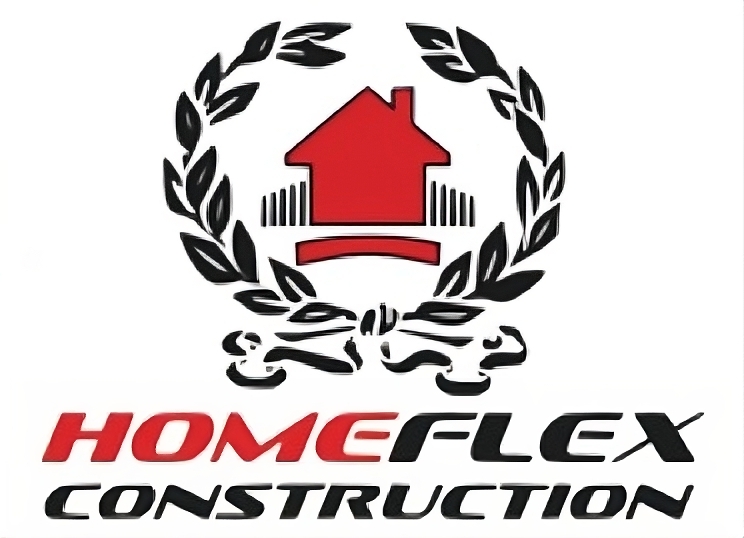Masonry gives NYC buildings their timeless charm and strength, but even the toughest brick and stonework do not last forever without care. Whether you own a brownstone in Brooklyn or a pre-war co-op in Manhattan, knowing when your masonry needs repair, repointing, or full rebuilding can help preserve your property for decades to come.
How to Know What Your Masonry Needs
Brick and stone may look strong on the outside, but over time, weather, pollution, and aging materials take a toll. The key to keeping your walls in great shape is learning how to read the signs. From minor cracks to deep structural damage, here is how to figure out whether you need a small fix or a bigger solution.
1. Repair When the Problem Is Localized
If you spot one or two cracked bricks or small patches of damage, basic masonry repair might be all you need. This involves fixing isolated issues like surface cracks, minor spalling, or discolored areas. It is the quickest and most affordable fix and helps stop bigger problems from forming. NYC winters can speed up decay, so catching issues early with a simple repair saves you time and money.
2. Repoint When Mortar Starts to Fail
Over time, the mortar that holds bricks together breaks down, leaving gaps or crumbling joints. Repointing is the process of carefully removing the old mortar and filling it in with fresh, matching material. If your bricks still look good but the mortar between them is dusty or falling apart, repointing will restore strength without replacing the bricks themselves. In NYC’s older neighborhoods, many buildings go through repointing every few decades to preserve their original look.
3. Rebuild When Structural Damage Is Severe
Sometimes, the damage is beyond repair. Large sections of bowing walls, deep cracks that go through multiple bricks, or walls pulling away from a building are all signs you may need to rebuild. Rebuilding involves taking down and reconstructing a portion of the masonry. It is more expensive and labor-intensive but often the only way to fully restore safety and structure. This is especially important in load-bearing walls or areas with major water damage.
4. Look for Bulging, Leaning, or Separating Walls
Walls that are no longer flush or are visibly bulging are serious red flags. These issues usually come from long-term water damage, shifting foundations, or improper repairs in the past. If a wall is leaning outward or inward, or bricks are separating from one another, it is time to call a professional. This kind of issue often leads to a rebuild, especially if it threatens the structural integrity of the building.
5. Watch for Water Infiltration or Interior Damage
If water is leaking into your home near masonry walls, it might be due to cracks in the mortar or behind-the-wall damage. Water stains, mold, or efflorescence, the white chalky residue that appears on bricks, all point to moisture issues. Repairing the source of the water is the first step, but if the damage is widespread, repointing or rebuilding may also be needed to fix the long-term effects.
6. Check the Age of the Mortar
If your building is more than 30 years old and has never been repointed, it is worth having an inspection. Mortar does not last forever, especially in NYC, where temperature swings are rough on buildings. Even if you do not see obvious cracks, aged mortar becomes porous and loses its grip, making walls vulnerable to weather and decay. Repointing every few decades keeps the masonry stable and looking sharp.
7. Know the Risks of Delaying Repairs
Putting off masonry maintenance does not just lead to bigger bills down the road, it can put your property and tenants at risk. Falling bricks, weakened walls, or water intrusion can lead to unsafe living conditions and costly violations from city inspectors. Taking proactive steps, like minor repairs or timely repointing, helps avoid full rebuilds and emergency repairs that interrupt your daily life.
8. Invest in Regular Masonry Inspections
The best way to extend your building’s lifespan is by staying ahead of problems. Hiring a qualified mason to inspect your structure every few years can catch issues you might miss. Especially in NYC’s historic or landmarked districts, maintaining the original character of your masonry while protecting its structural function requires skilled, trained eyes. A little preventative care goes a long way.
Conclusion
Understanding the difference between masonry repair, repointing, and rebuilding is key to keeping your NYC building safe, attractive, and long-lasting. Whether you are dealing with a few cracked bricks or a wall in need of full reconstruction, knowing what to look for helps you take smart action before things get worse. Remember, the best masonry lasts for generations, but only with the right care at the right time.
